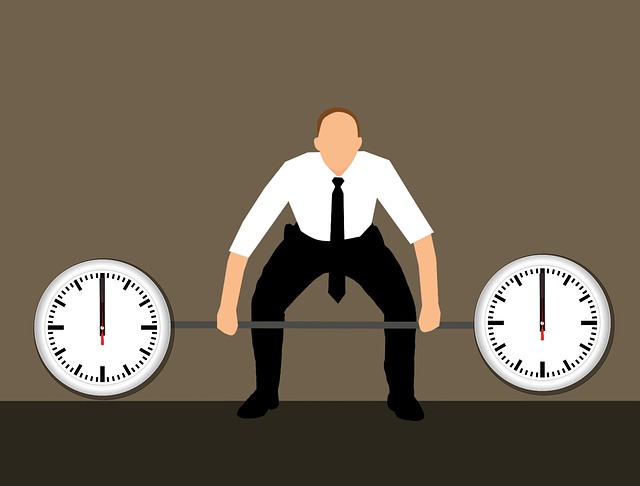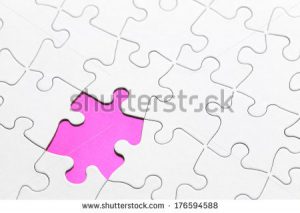A tool is only as good as its users

In December 2016, Mark Zuckerberg announced that he has built a Jarvis like A.I (Artificial Intelligence) tool to automate his home. Elon Musk was quick to dismiss this announcement by responding that Mark’s Jarvis isn’t really A.I. at all and that it was nothing more than a really expensive light switch.
I am using this recent incident to explain a fact – A tool is only as good as its users.
In the example above, the tool is A.I and its user Mark Zuckerberg used it to build something which he thinks would help him in his daily routine. This probably is the simplest and the most obvious way one would use this tool.
On the other hand, if we talk about Elon Musk’s comment, it throws light on his thought process about what the tool is capable of doing and by reading his statement it’s clear that he was totally unimpressed. Elon Musk once said that the A.I in Tesla cars will be able to predict your destination.
Now, keeping these different levels of thought in mind I would like to draw your attention to more common tools that we use daily to get our work done. These tools could be anything from an app on your phone or website that you regularly use or any other piece of software that helps you complete a complex task or just the simple task of reminding you about an event.
How well are you able to use your tools?
For most of you, this question does not carry much relevance. You are too busy with your lives to stop and think about such things. You just use the tool to get your task done and you are happy with it. So, at this point, I would like you to go back to our example above about the use of AI, and I would like you to ask yourself three questions:
- Is the tool doing what it is supposed to do?
- Is there any other useful task that I can do with my tool?
- Am I using a machine gun to kill an ant?
Factors
All of these questions are associated with factors like time, cost and effort (usability) and other factors which are not very well-defined.
 Time: This is probably the most important factor that influences our judgment about using a certain tool. If used correctly a tool can save you tons of time that you would normally spend in accomplishing the same task otherwise.
Time: This is probably the most important factor that influences our judgment about using a certain tool. If used correctly a tool can save you tons of time that you would normally spend in accomplishing the same task otherwise.
 Cost: This is the second most important factor that comes to play when choosing a tool. We do tend to overlook this factor, with all the numerous options that we have available, it sometimes becomes quite tiring and we just choose one tool which we can afford.
Cost: This is the second most important factor that comes to play when choosing a tool. We do tend to overlook this factor, with all the numerous options that we have available, it sometimes becomes quite tiring and we just choose one tool which we can afford.
 Effort: The user experience greatly influences our willingness to use a tool. The tool does not need to be a piece of art or even great looking. As long as it helps the person accomplish a task effectively, users will use it regardless.The biggest example of this is the Amazon website. It is not particularly a good-looking website nor does it use any fancy UI features. But what it has is 1) The capability to provide users with valuable information. 2) The capability to help users make informed choices with minimum effort.
Effort: The user experience greatly influences our willingness to use a tool. The tool does not need to be a piece of art or even great looking. As long as it helps the person accomplish a task effectively, users will use it regardless.The biggest example of this is the Amazon website. It is not particularly a good-looking website nor does it use any fancy UI features. But what it has is 1) The capability to provide users with valuable information. 2) The capability to help users make informed choices with minimum effort.
One thing that you should always keep in mind is that you should be able to restrain yourself from using a tool to do more than what is needed. Just because the tool is easy to use doesn’t mean that you keep on using it without purpose.

Other factors: There are other factors which are not very well-defined but are more based on human behavior. Like the use of Social networking tools which might be for business or pleasure. We sometimes tend to use tools just based on what we do and who we interact with. If used effectively, these tools can prove to be invaluable. But at the same time, we should be prudent about the time we spend on them.
Conclusion
To conclude, think twice before you make a choice. Start small, learn and evolve while choosing tools. Using the most basic tools is what gives you
- the best way to backtrack to your current processes
- and also the most stable way to move forward.
Choosing a tool should be based on the following:
- Your ability to use it effectively to perform a task
- How it can help to make your current process better.
- Can the tool evolve with your demands? If so, stick to it.
It does not matter if you start with the best tool on the market today, there will always be something better. That is what evolution is all about. So it’s always better to choose something that you can use effectively than choosing something that everyone else is using.




